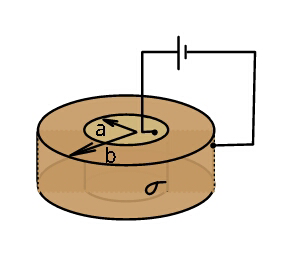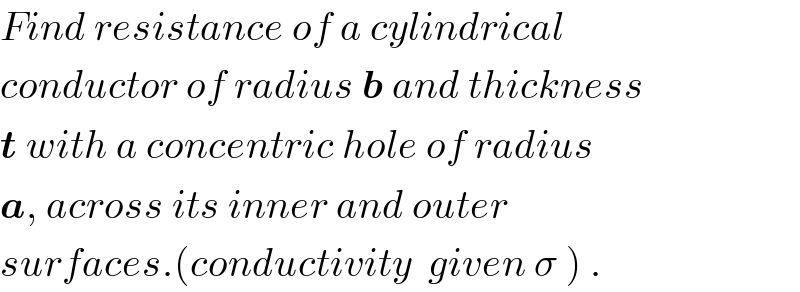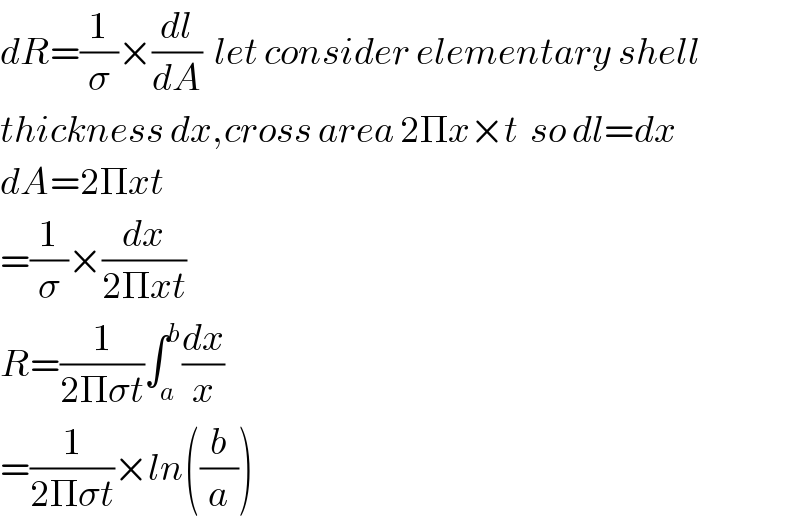
Question and Answers Forum
Previous in Electric Current and Circuits Next in Electric Current and Circuits
Question Number 34954 by ajfour last updated on 13/May/18

Commented by ajfour last updated on 13/May/18

Answered by tanmay.chaudhury50@gmail.com last updated on 13/May/18

Commented by ajfour last updated on 13/May/18

Commented by tanmay.chaudhury50@gmail.com last updated on 14/May/18

